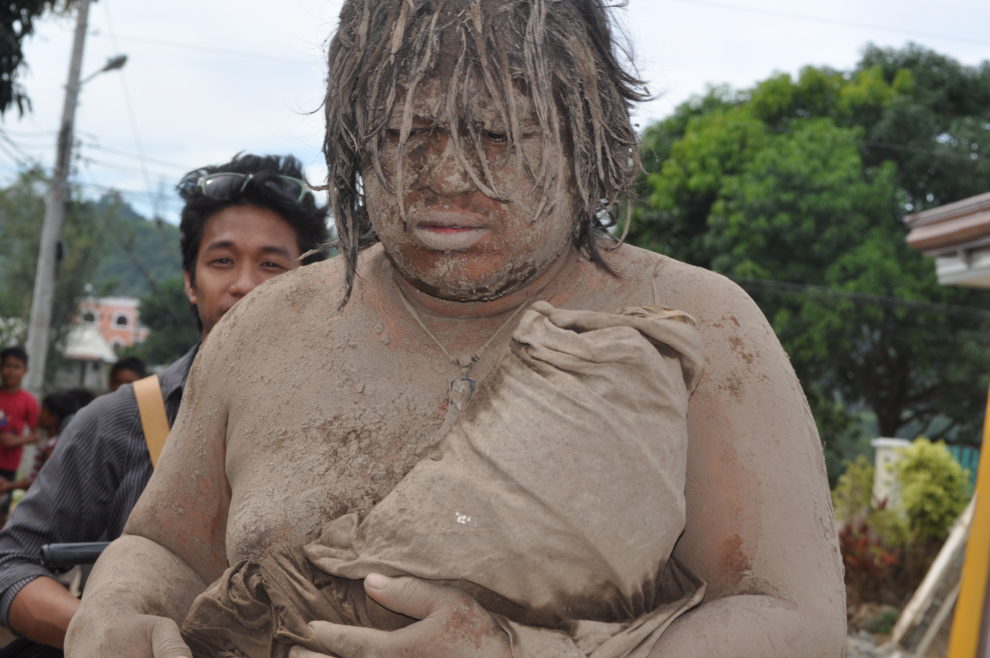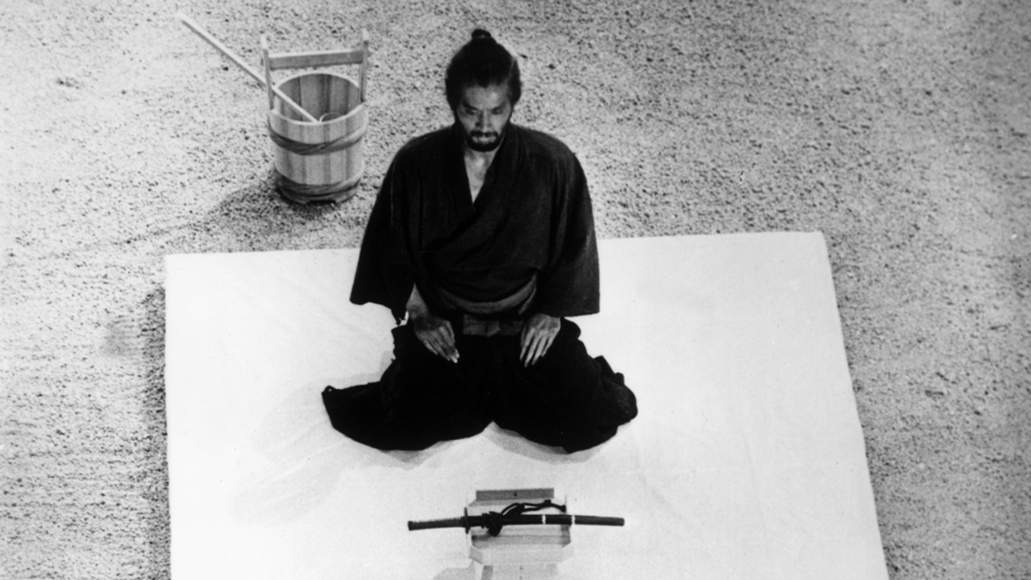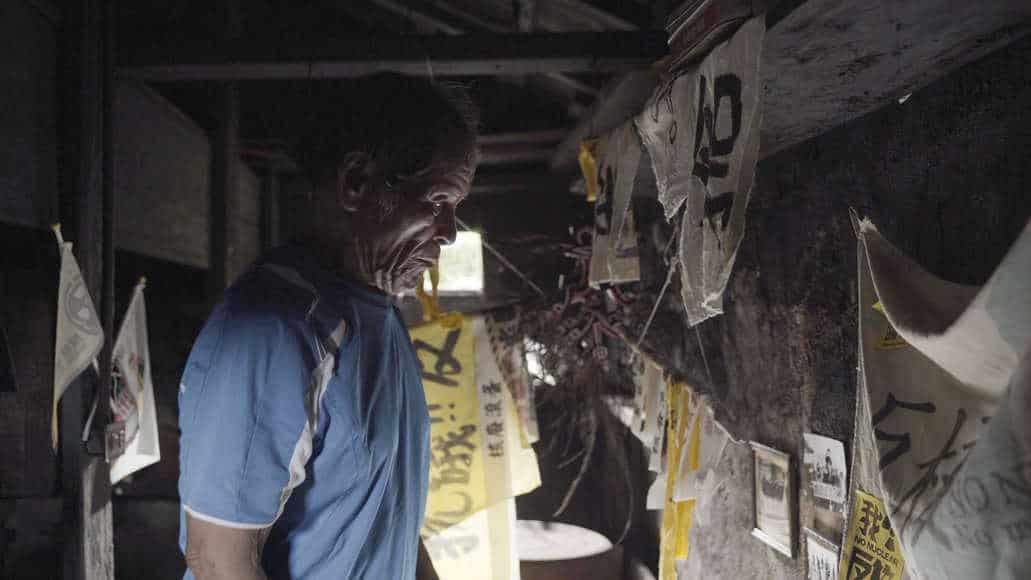Severe Tropical Storm Washi, known in the Philippines as Tropical Storm Sendong, was a late-season tropical cyclone that caused catastrophic damage in the Philippines in late 2011. Washi made landfall over Mindanao, a major region in the Philippines, on December 16. The storm weakened slightly after passing Mindanao, but regained strength in the Sulu Sea, and made landfall again over Palawan on December 17. Its consequences were tremendous, with the fatalities being over 2,500 and the damages estimated at almost $98 million (2011 USD).
Watch This Title
Khavn decided to shoot a movie after the events, which eventually premiered on March 10, 2012 at the Barangay (village) Nazareth Covered Court in the capital city of Misamis Oriental, the same devastated place that inspired him to shoot the film. “Kalakala” is the name of a flooded sitio in barangay Macasandig.
The main story of this rather experimental film takes place three weeks after the catastrophe, and revolves around a half naked man almost completely covered in mud, who begins to walk from the forest towards the city, holding a dead “baby” in his arms. As Khavn chose to shoot his path as a documentary, the strange man draws the interest of the locals as he roams through the city, with the reactions differing from perplexing, wondering, being surprised to even empathize.
“Accompanying” his path is the narration of the poem “The Waste Land” by T.S Eliot, while the movie is split in five parts, each one with its own music. The Cubed Children's Choir sang three melancholy Visayan songs a cappella during the first part; Khavn played a 10-minute piano solo in the second part, and seven tribes performed indigenous music in the third; saxophonist Ronald Tomas played a four-minute solo nonstop during the fourth part and everyone played a 20-minute post-rock coda in the fifth. Juxtaposed with the walking of the man are sequences of footage of the disaster and its aftermath, including a lengthy one in a relief center, where Khavn focuses on the kids staying in the place. Another part of the narrative includes a woman who roams the streets dancing, whom Khavn portrays in various visual styles, occasionally mixing her hypnotizing movements with frames from the rest of the movie or presenting her in a round frame that looks as if someone is peaking on her.
The mashup result is rather impactful, as the film functions as an amalgam of silent movie, cinematic visualization of a poem, modern opera, documentary and fiction. Throughout its 71 minutes, however, there is a steady feeling of melancholia and despair that permeates the whole production, deriving from all the aforementioned audiovisual aspects. The fate of the country and particularly the areas hit by Sendong seems to be mirrored in the man walking, as he appears completely ravaged and lost, while his ending, points distinctly towards a Greek tragedy, probably mirroring the fate of the thousands dead.
The sequences of kids playing tones down this sense a bit, in a rather needed break from the misery that dominates the movie, but this does not last long, since Khavn wanted his audience to “drown” in the tragedy, probably in an effort to lead them in a much-needed catharsis.
The anti-narrative, genre mashup that is somewhat of a trademark of Khavn's oeuvre finds one of its apogees here, through a film that is distinctly directed to the people who suffered from the Storm, but has a universal appeal, particularly through the poem and the music, as any group of people who had suffered similar disasters could empathize with its messages, if not with its aesthetics.















